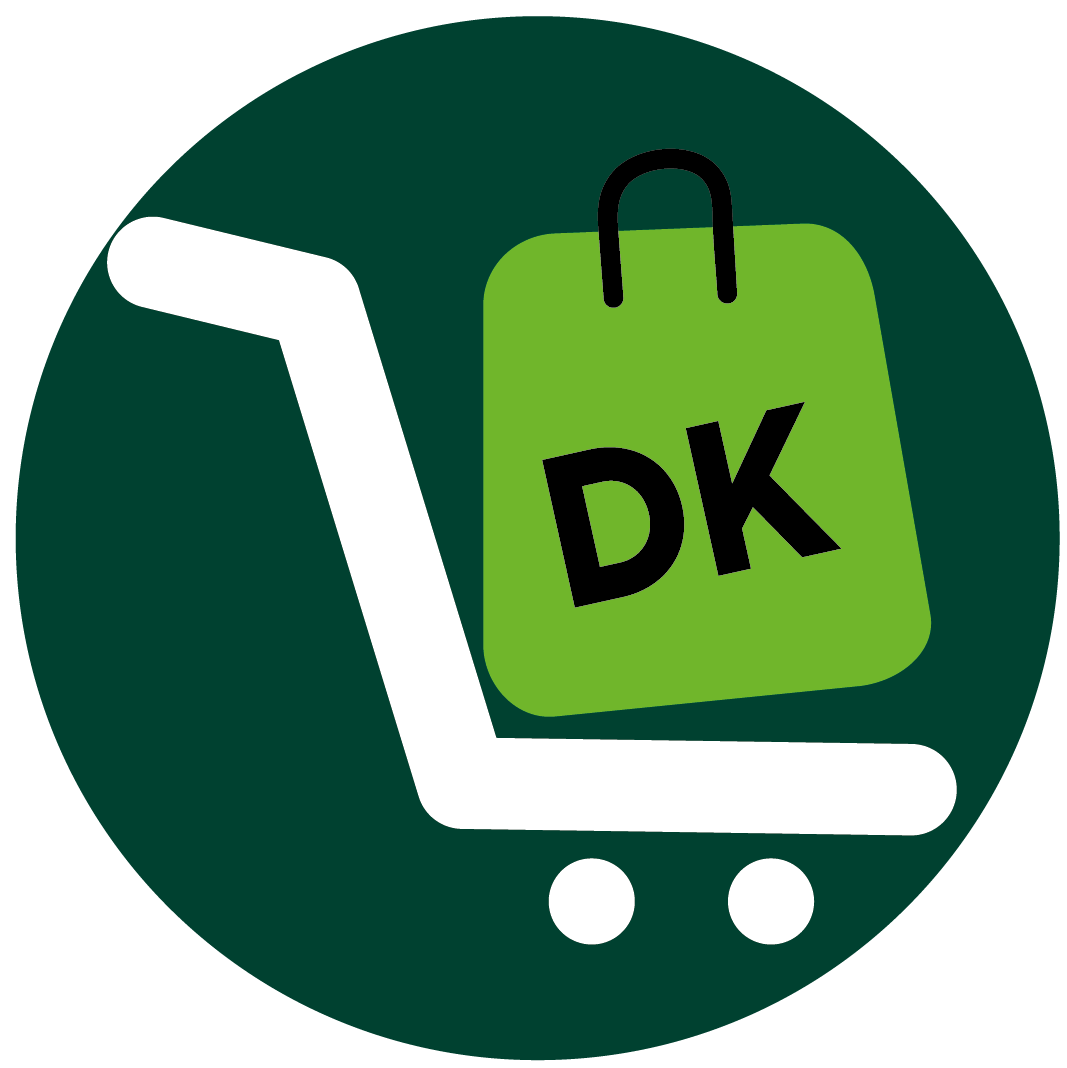The world is fast going into the cloud and you’ve made a great decision to catch up by taking your business online. However, creating an online store can sound like a herculean task to you, especially if you’re not a tech wizard.
Take a chill pill, it’s not that tough when you know the right steps to take. More so, ecommerce builders like Shopify, and WordPress plugins like WooCommerce have made the work a lot easier. In this article, we have detailed the steps for creating an online store.
To create an online store, you have to:
- Develop a Business Plan
- Choose a Niche
- Choose an E-commerce Website Builder
- Create a Domain Name
- Choose a hosting plan
- Add Products to the Store
- Set up a shipping policy
- Set up payment gateways
- Market the Online Store
Read on.
1. Develop a Business Plan
Your business plan is the structure and goal of the store, and includes your business strategy.
- Conduct a market analysis for the type of product you want to offer online; your product determines your niche and target audience.
- The business plan should cover the best way to reach out to customers and the budget needed to launch and effectively run the store online.
- Leverage social media to analyze complaints and requests from your target audience and analyze trends to compare similar products and determine their sales volume.
In your business plan, clearly state how and where your audience can purchase products from your store and the best way to reach them.
2. Choose a Niche
There are good niches online, so it might not be easy to get your desired niche. It, however, should not deter you because your business strategy is different; use an effective research tool to assess different niches and ideas for your store and choose a unique niche that fulfills your target audience’s demands. To get a unique niche, you can create buyers’ personas to know your customers’ demands and interests.
Your niche should be simple and precise and should convey the message of your store at first glance.
3. Choose an E-commerce Website Builder
Your desired eCommerce builder should be user-friendly and easy to navigate. When choosing an e-commerce platform, don’t base your decision on the cheapest and easy-to-access website builder. It might cause you to migrate to a better platform when the store amasses enormous traffic and sales. Instead, consider the following options.
- Scalability of the e-commerce platform. Suppose your store will experience a drop in performance when it gets huge sales and traffic.
- Ensure the platform has all the necessary features, especially the essential features, to engage customers and make the store flexible. And how much can the platform accommodate your input?
- Your e-commerce platform must have a security socket layer SSL, a payment processing system, and data storage. With the increase in website hacks, customers are skeptical about buying from an online store that has suffered multiple hacks and data breaches.
There are many e-commerce website builders to choose from, like Shopify, WordPress using WooCommerce, Magento, BigCommerce, etc. Use secured and user-friendly e-commerce platforms that provide quality mobile shopping experiences on both desktop and mobile devices.
4. Create a Domain Name
Like the traditional business name, your domain name identifies your business and guides your target customers to your store. Your domain name should create awareness of the services that your store offers. Here are some factors to consider when creating a domain name.
- The domain name should be short, between 10 – 12 characters. It makes it easier for anyone to remember and type when they want to shop online.
- Your domain name should be unique and also rank top on search engines. Use a name that satisfies customers’ curiosity but doesn’t derail your niche or convey a different message from your services, and the words should be easy to pronounce.
- If your business name is too long, opt for abbreviations to keep it simple. You can elaborate on the store and product description.
Aside from guiding customers to your store, your domain name should keep them interested and ready to purchase from the store. The domain name should either be the same as your niche or should have the same meaning as your niche.
5. Choose a hosting plan
After that, enter the domain name on the website, add your account information and choose a hosting plan to complete the process. After creating the website, Engage the online store to suit customers’ satisfaction by doing the following.
6. Add Products to the Store
Set up the product category to display your products, write compelling product descriptions, and use quality imaging. The product description should list the product features and highlight the benefits. Keep the product description simple, and don’t use unnecessary words and clichés.
- Set up product categories to help customers narrow their search and make your product discoverable.
- Add more categories or sub-categories to facilitate discovery. For example, in the Men’s Wear Category, you can add a Sports or Shoes section to narrow the search. Use additional images to design the category section.
The product description and imaging used should compel customers to purchase the product.
7. Set Up a Shipping Policy
After purchasing the product, customers want a quality delivery experience. The shipping policy clearly states the cost and terms of your delivery. Prioritize shipping options that correspond to your store operations and customer service. Your products should have insurance in case of damage or loss.
>>> GET SMARTER: How to Add Products on Shopify
8. Set Up Payment Gateways
Add payment systems like Paypal, checks, cash on delivery, bank transfers, etc., to accept online payments. For security, there should be a refund policy in case of damage or rejection of the product. It will foster a good customer-based trust relationship and PR for your store.
9. Market the Online Store
Every business owner or entrepreneur wants to sell and make profits, and to do that; you have to create awareness and make customers visit the online store. To market your store, you need to
- Join organizations or team up with affiliate marketers. It will promote your store and products for a commission.
- Carry out pre-launch programs to create awareness and get traffic to your store.
- Leverage social media to engage your online audience and build anticipation before the store’s launch. Paid ads on various social media platforms can also facilitate your store and product discovery.
- Build your email list by placing subscription forms and order discounts on your site.
Launch your online store by making it search engine optimized. This way, when customers search for a product on various search engines, your store will rank top of the search
Summary
The journey to owning an online store is somewhat complicated and varies per person, but it’s important to note that the store should be purpose-based and customer oriented.
To create an online store, set up a business strategy, choose a niche, choose an e-commerce website Builder, create a domain name, choose a hosting plan, add products to the store, set up a shipping policy, set up payment gateways, and market the online store. This way, you scale through the e-commerce economy in no time.














